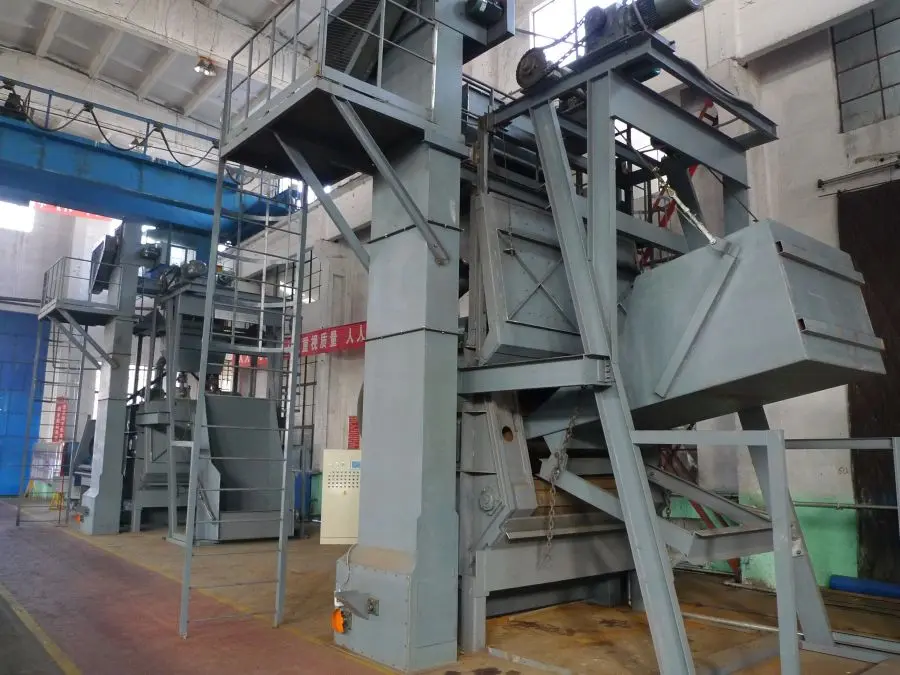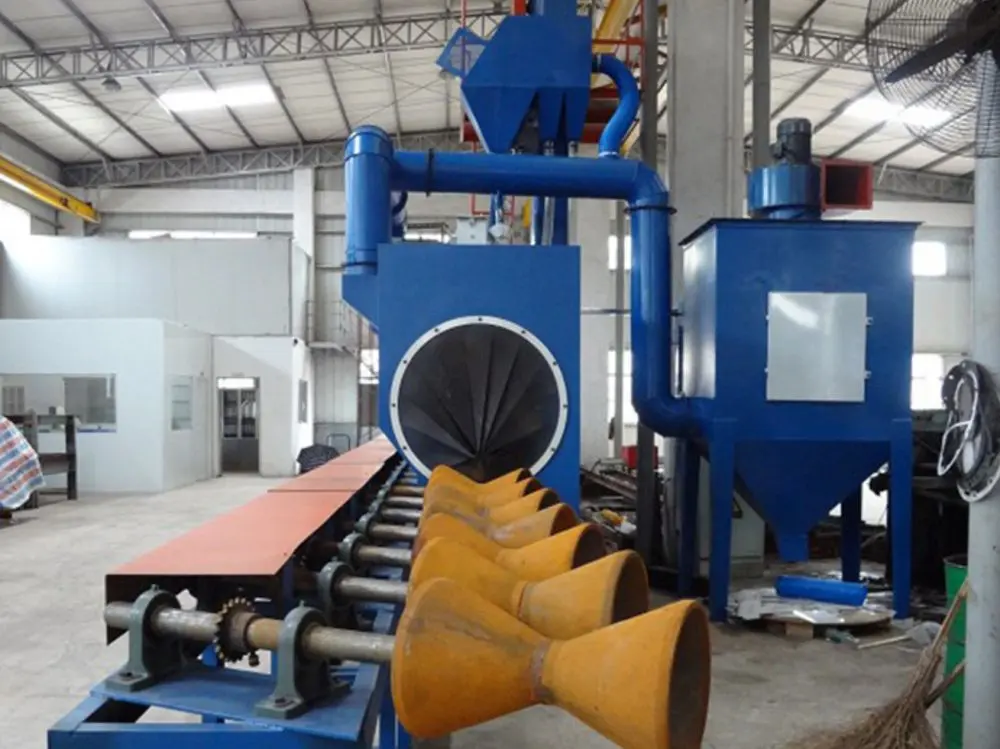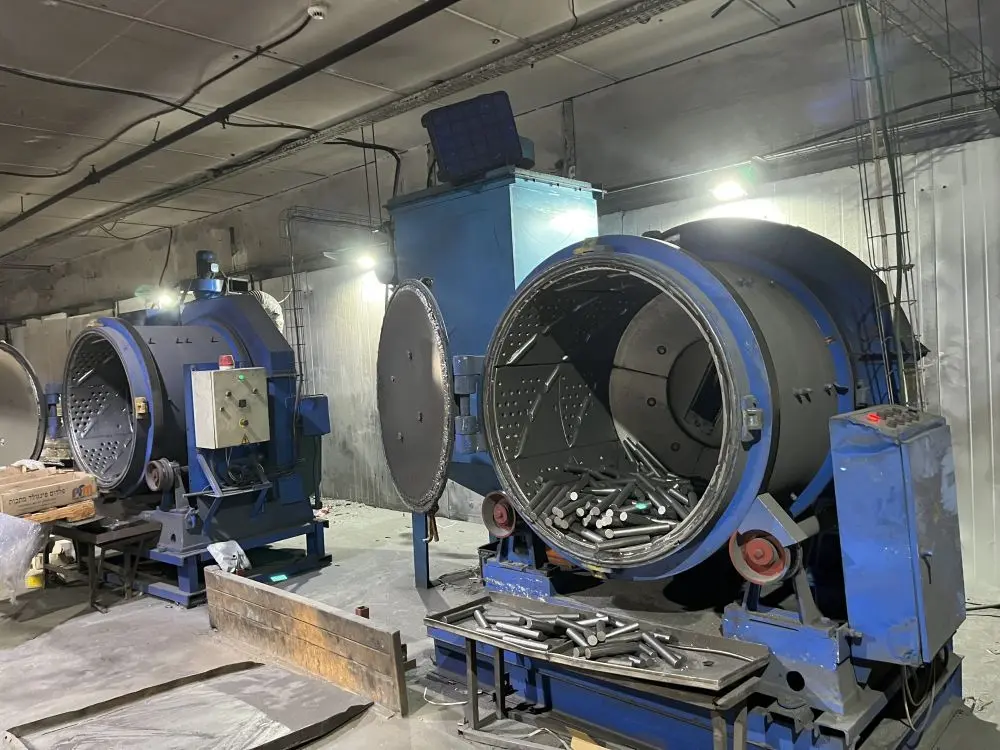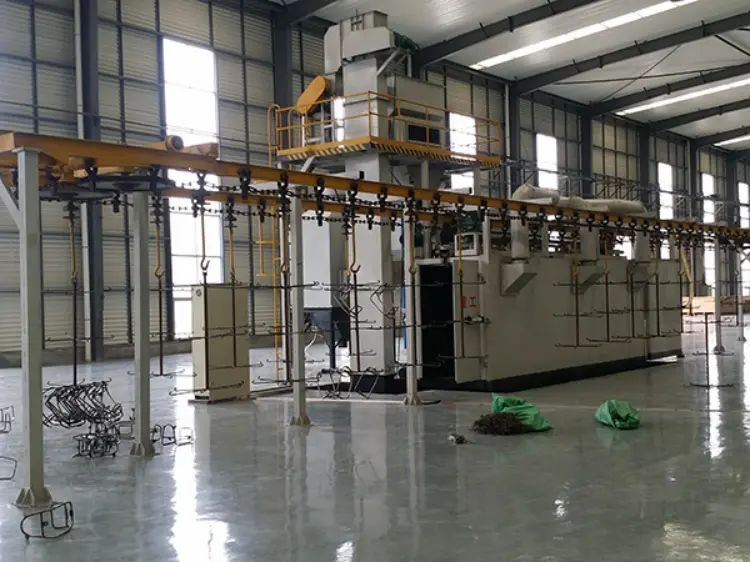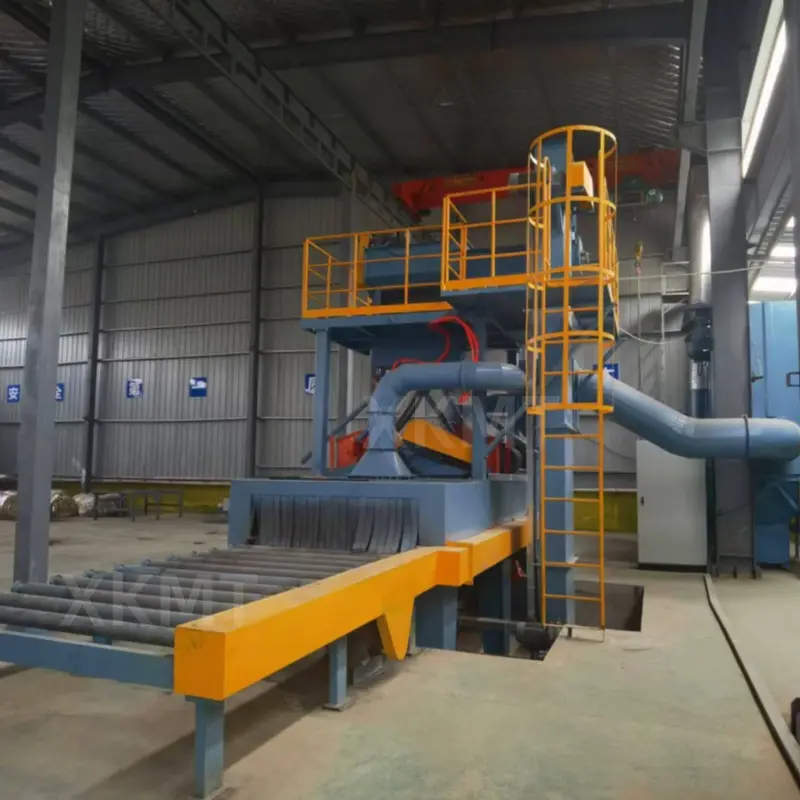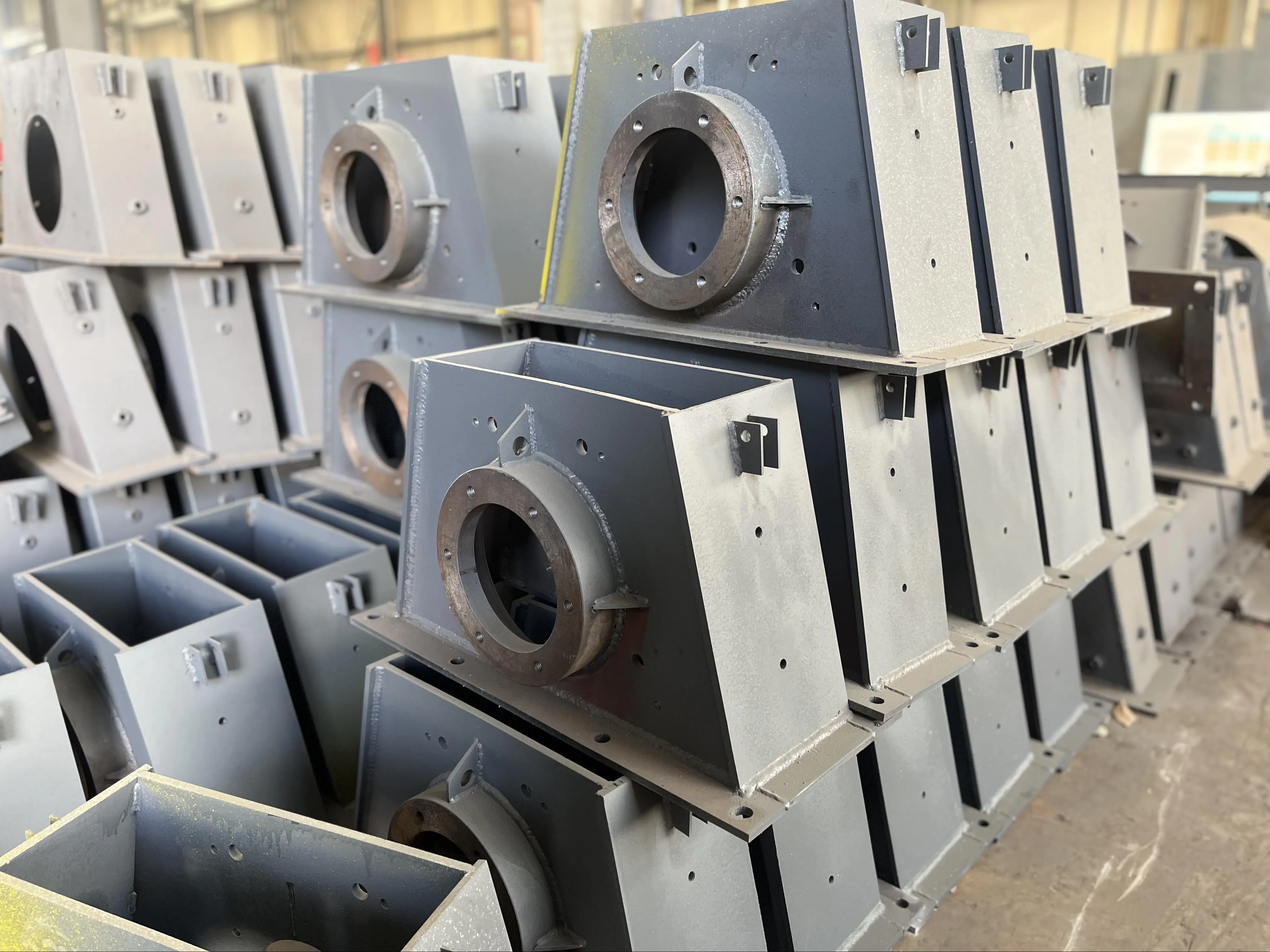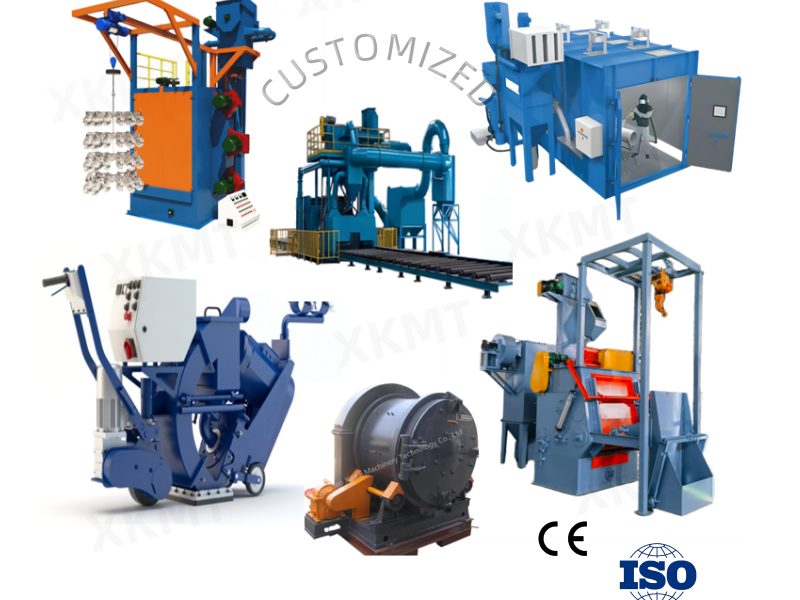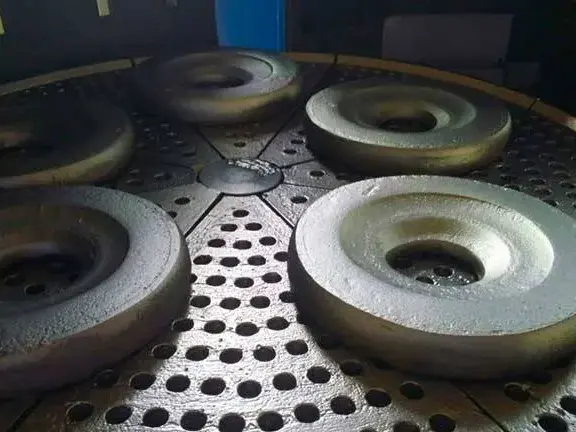The Advantages of V-Process Casting
The foundry industry is witnessing a quiet revolution with the adoption of the V-process, a casting method that is transforming the way metal components are manufactured. This innovative technique offers numerous advantages over traditional sand casting methods.
Here are some key benefits:
1. Improved Dimensional Accuracy: The V-process provides exceptional dimensional accuracy and stability, reducing the need for extensive machining after casting. This precision saves time and lowers production costs, making it ideal for high-tolerance applications.
2. Surface Smoothness: Known for its ability to produce castings with exceptionally smooth surfaces, the V-process eliminates the typical defects associated with sand casting, such as sand inclusions or blowholes. This results in a cleaner finish that often requires minimal or no subsequent finishing work.
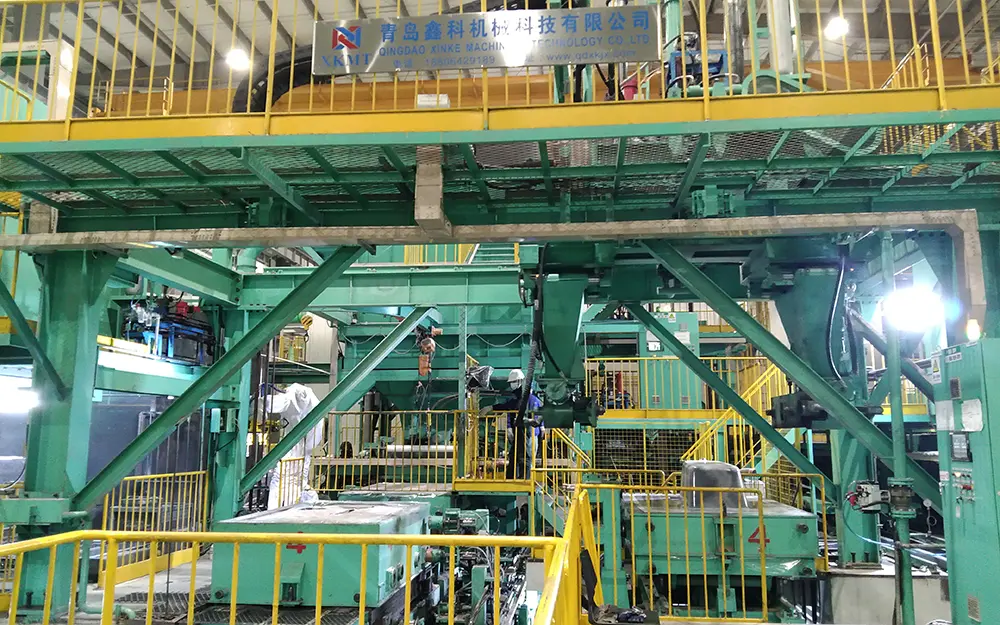
3. Environmental Friendliness: The V-process is considered more environmentally friendly due to the reduced usage of sand and chemicals. Molds are reusable, generating less waste and decreasing the need for continuous mold production.
4. Reduced Energy Consumption: With the V-process, molten metal solidifies more slowly within the vacuum-sealed mold, resulting in fewer gas porosities and reduced energy requirements compared to other casting methods that demand higher temperatures to achieve similar outcomes.
5. Enhanced Material Properties: Castings produced through the V-process often have improved mechanical properties because the vacuum environment minimizes the introduction of gases and impurities into the metal.
6. Versatility: The V-process is highly adaptable, capable of casting various metals and alloys, including those that are challenging to cast using conventional methods, such as aluminum and magnesium alloys.
In conclusion, the V-process is setting new benchmarks in the foundry sector by providing accurate, high-quality castings while also considering environmental impact and energy efficiency. Manufacturers adopting this technology can expect significant improvements in product quality and reductions in production costs, positioning them competitively in the global market.

